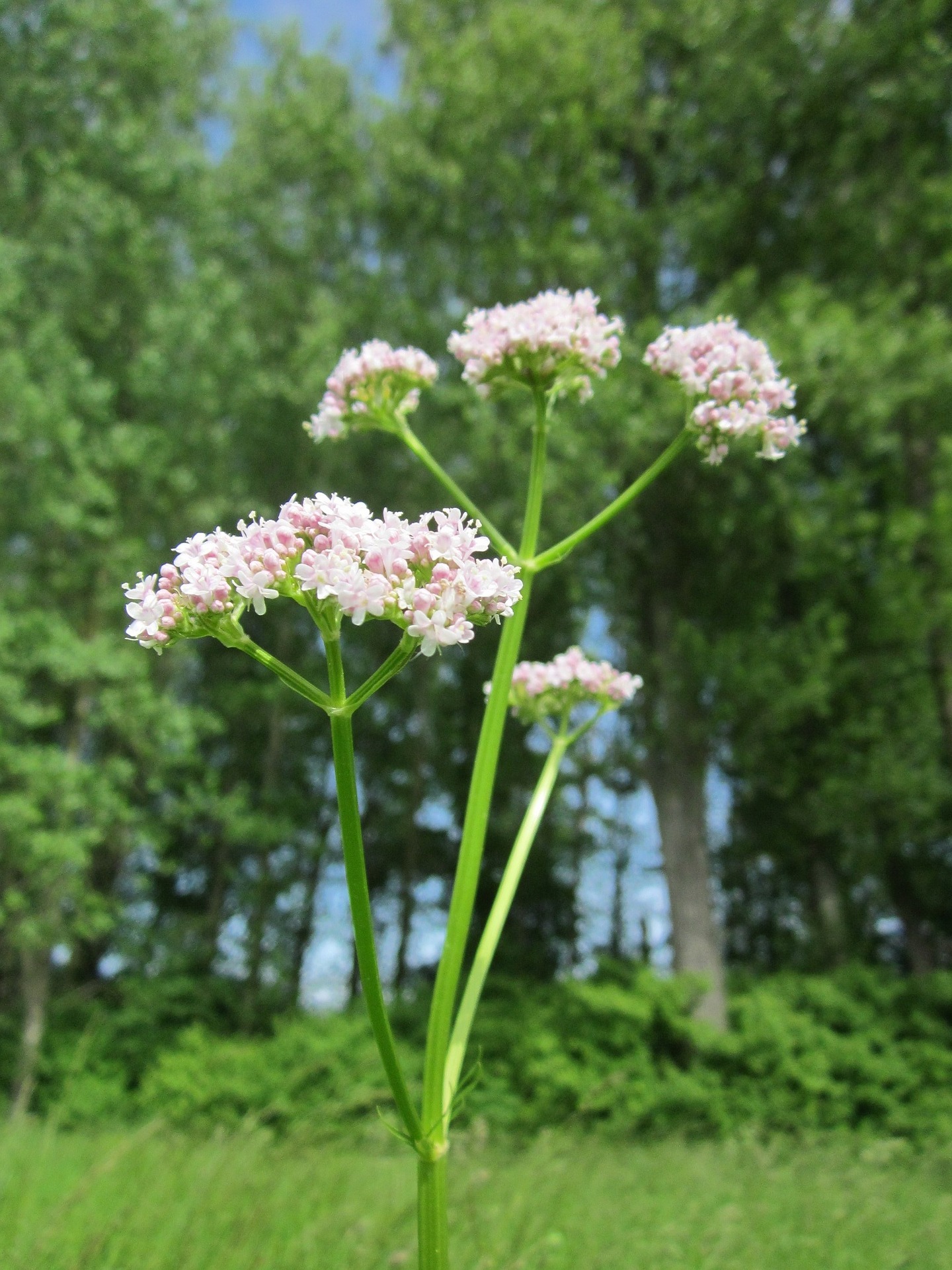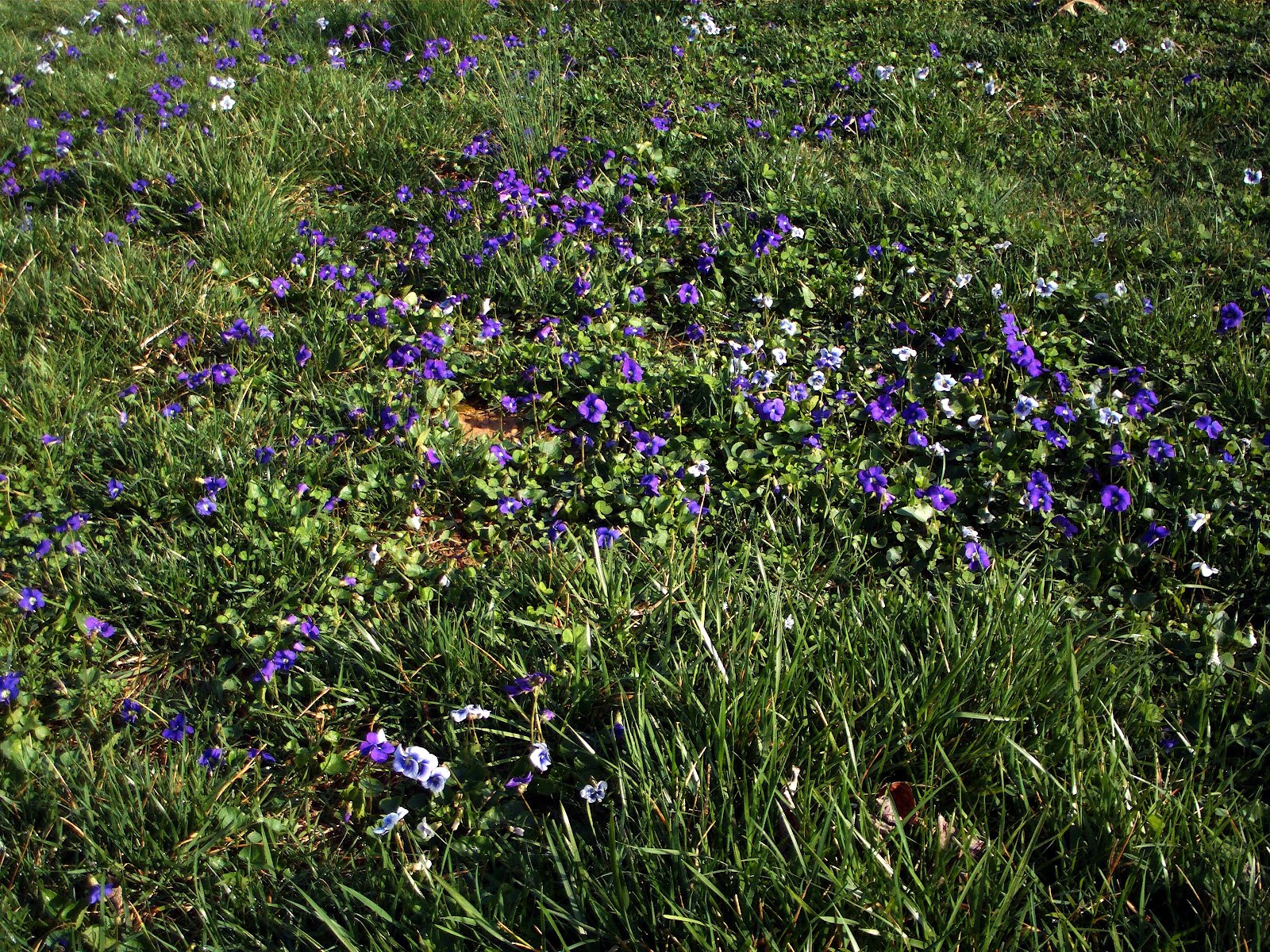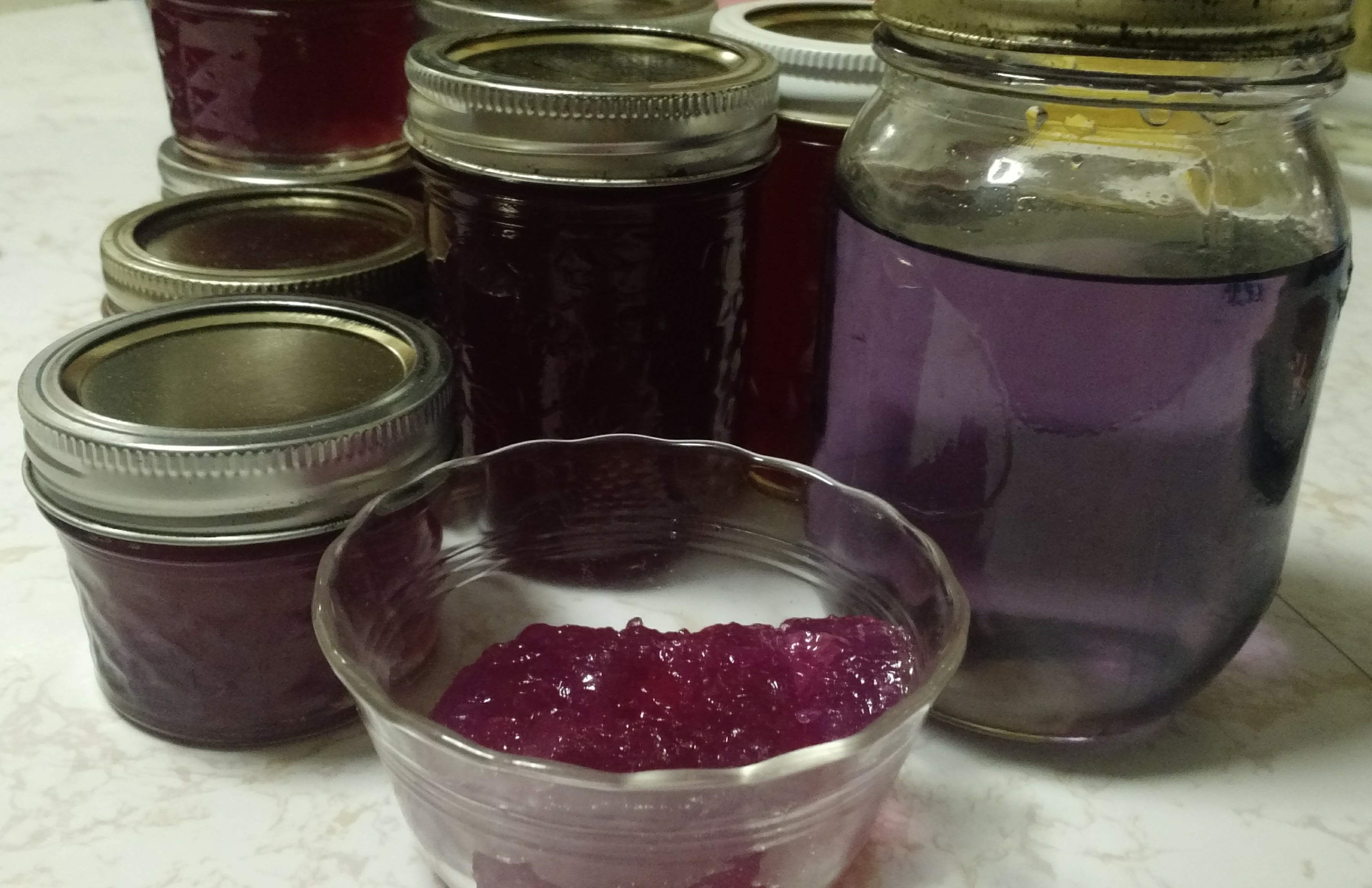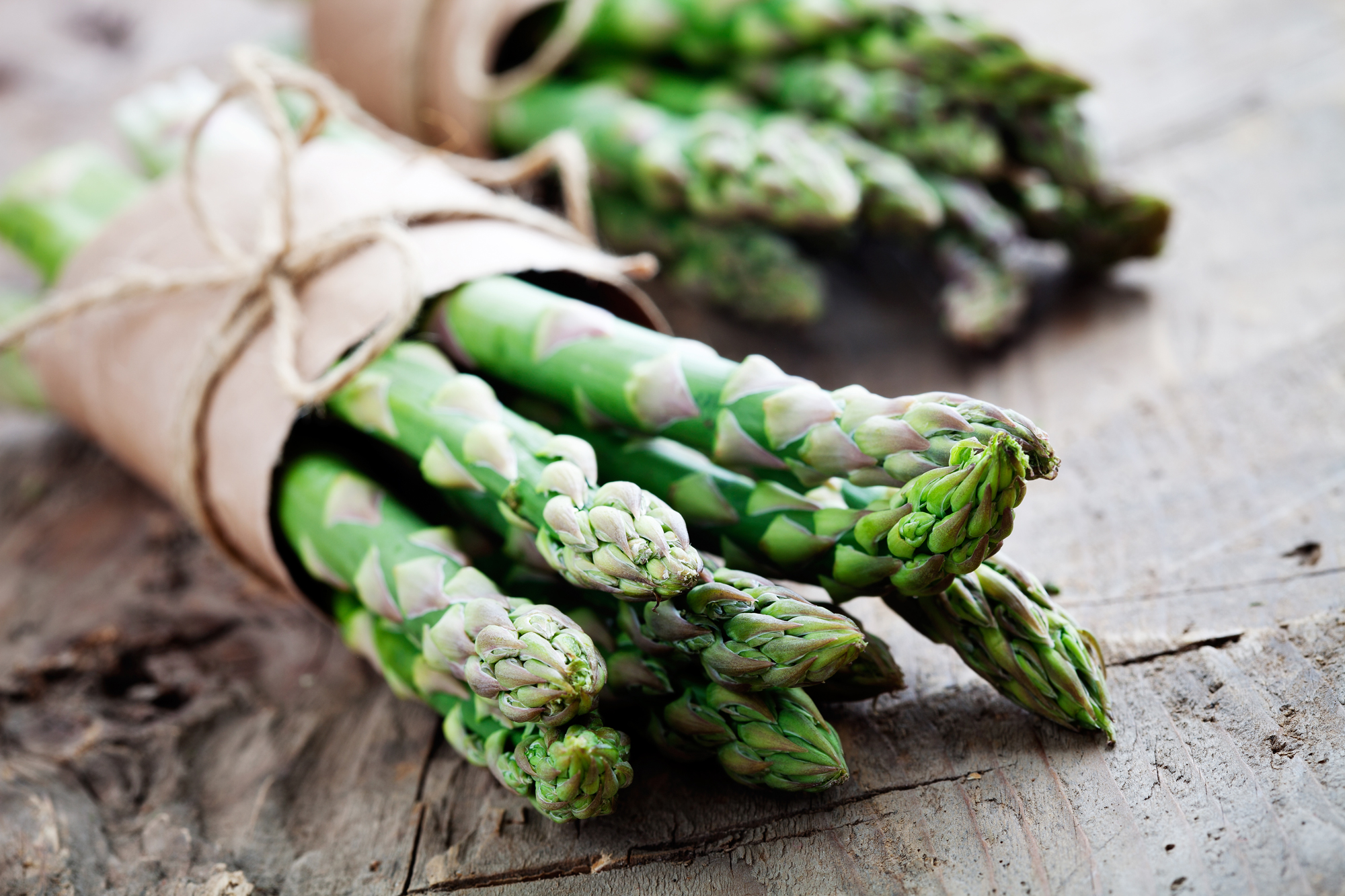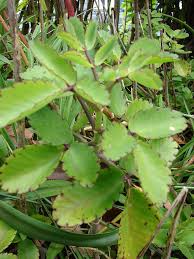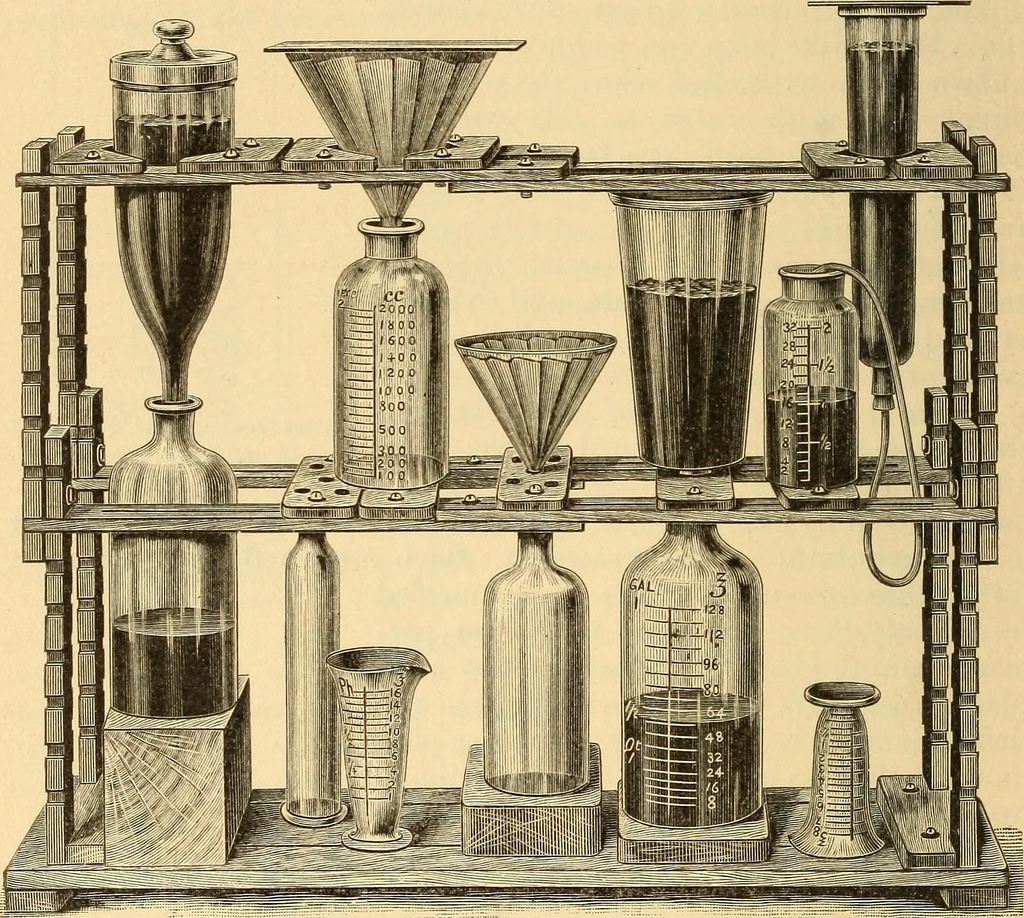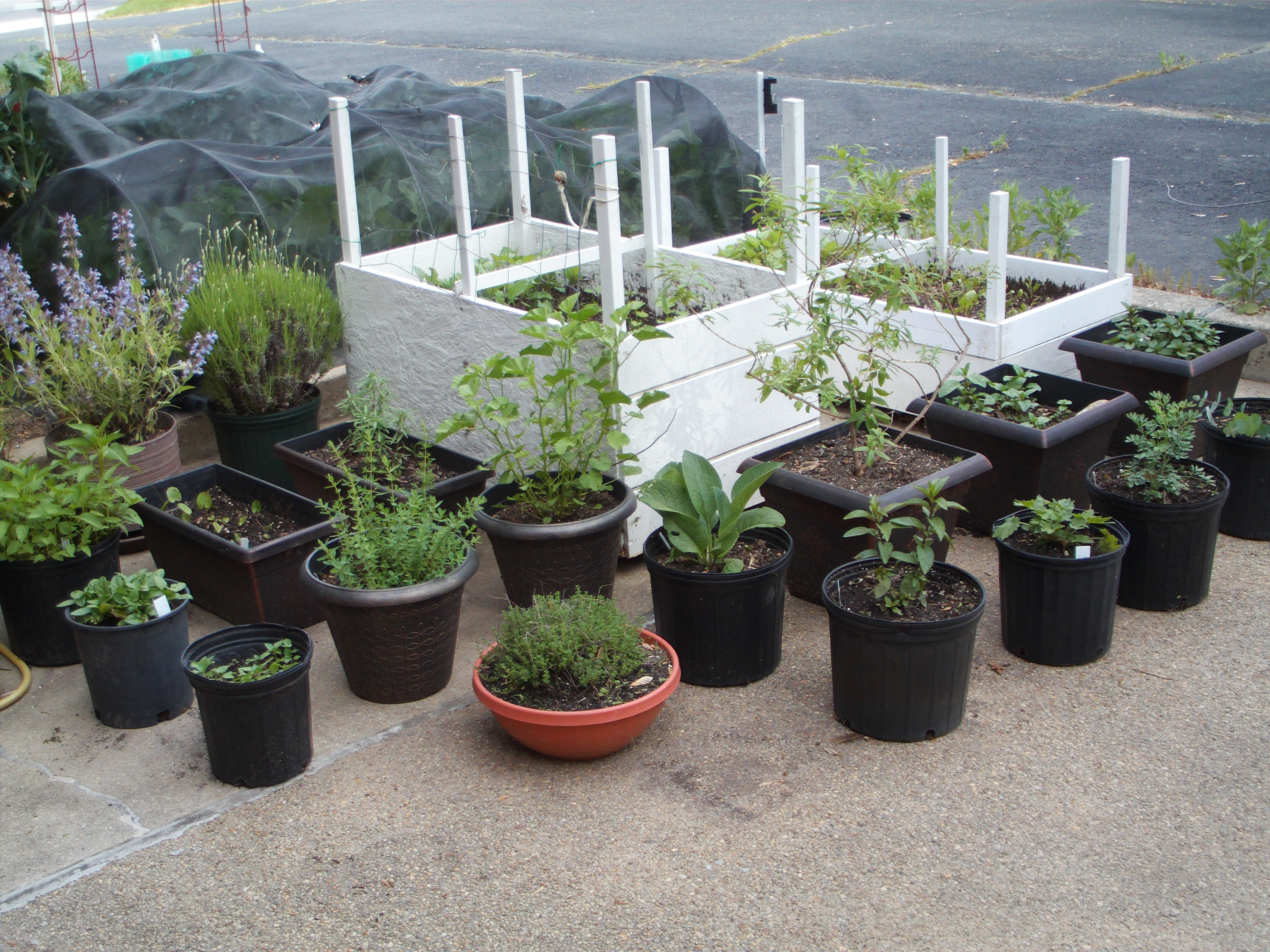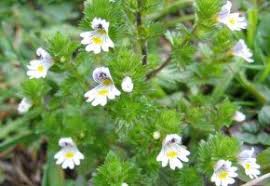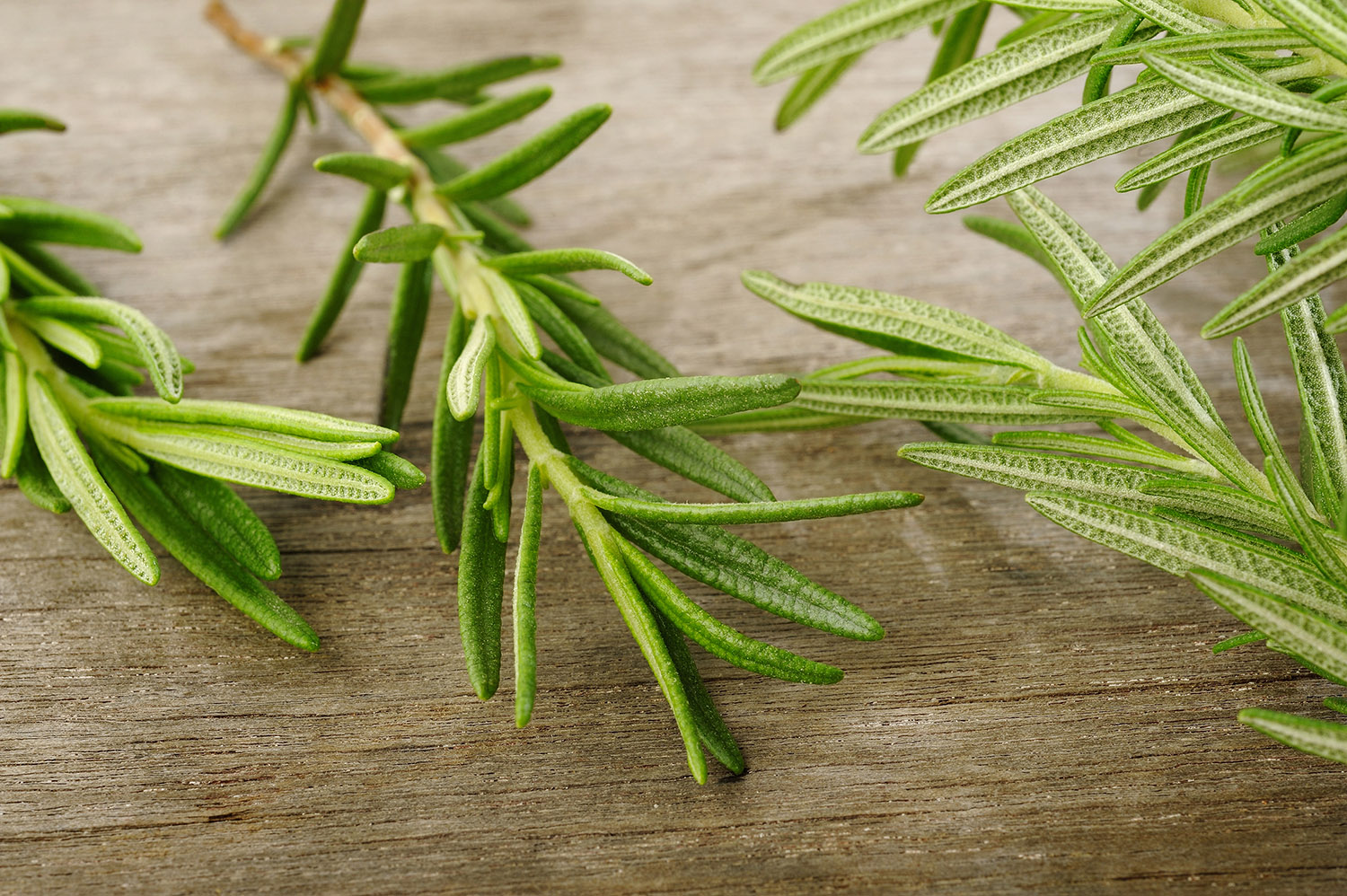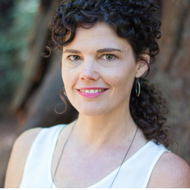
TBI-Complementary Supplements
My son suffered a severe TBI (traumatic brain injury) and due to multiple surgeries, the scar tissue causes seizures. He is taking Keppra (levetiracetam) which seems to be working. I am looking for a natural way to help his liver while he is on these drugs but want to be careful that it doesn’t cancel out the effects of the keppra since it is keeping the seizures away. What would be safe for him to take for his liver? Maria 1/11/19
Maria, thank you for posting your question. Traumatic Brain Injury (TBI) is a challenging area for both the patient and the care-giver. My sister is a brain tumor survivor, where the surgery to remove a benign meningioma left her with TBI status. One organization, Brain Injury Association of America (reference #1), was very helpful to our family for care-giver and patient training as well as advocacy. This organization addresses both traumatic brain injury and brain tumor survival.
Based on your question, your son is on a single anti-seizure medication, this is good. Keep in mind, the management of brain injury is a delicate medical specialty. I can provide insights based on information you provide, available prescribing information and personal experience with TBI case studies. I have provided reference links below for your review. It is important to be open with your physician about any and all herbal supplements.
The mechanism of action (6) for several anti-seizure medications are based on sodium, potassium or calcium channel blockers, it is important to maintain a diet that provides continuous levels and balanced supply of these electrolytes. Other anti-seizure medications act specifically on the nerve receptors with the intent to quiet over-firing nerves. In the case of Kappra (3) or Levetiracetam (4), the prescribing information states that they do not know the mechanism of action; however studies show the drug binds to pre-synaptic calcium channels (5).
In the prescribing information the list side effects include sleepiness, decreased energy, dizziness, mood swings and coordination difficulties. These can be expected with most of the anti-seizure medications. Work with your physician to optimize the best dose for your son. Establish a routine that permits time for naps and work on building core muscle stregnth to improve/maintain good balance and to maintain good circulation.
The most common side-effect with this medication seem to be kidney injury with some mention of liver injury. I would recommend burdock root as a kidney tonic and dandelion root as liver tonic. There is quite a bit of literature on the benefits of these herbs and your neurologist should be able to support this without concern of them impacting effective dose.
Articum lappa, Burdock root, lymphatic, kidney tonic
Taraxacum officinale, dandelion root, diuretic, bitter, liver tonic
To take the herbs, I would suggest avoiding alcohol tinctures as this is challenging for the liver and is contra-indicated with many anti-seizure medications. Focus instead on teas and capsules as source of herb. In fact, there are several teas on the market that can be consumed hot or iced. One of my favorites is made by Might Leaf, Detox Tea that contains burdock root, peppermint, dandelion root, licorice, spearmint, basil, red clover (7).
Another very important area to complement anti-seizure medication will be to take magnesium supplements. This is a ‘sister mineral’ to calcium (same elemental charge). Ask the doctor for red blood cell (RBC) or other magnesium level blood tests. Maintaining good magnesium levels helps to control minor tremors, leg cramps and potentially seizures. Investigate the best mode of administration that your son will be compliant with. In powder form, it can be taken as an effervescent beverage (Natural Vitality, Natural Calm Magnesium Powder, magnesium citrate). Alternatively, it may be easier to administer in topical lotions (Ancient Minerals, Magnesium Lotion, magnesium chloride).
Again, be sure to work with your son’s neurologist in managing treatment as the balance of the minerals are the basis of the anti-seizure medication.
References:
Brain Injury Association of America. https://www.biausa.org/ tel:1-800-444-6443
General article on herbal remedies for stroke recovery (aka brain injury) https://www.livestrong.com/article/308937-herbal-remedies-for-stroke-recovery/
Keppra Monograph, https://www.drugs.com/monograph/keppra.htmlLevetiracetam reference on Wikipedia https://en.wikipedia.org/wiki/LevetiracetamChemical synapse reference on Wikipedia (pre-synaptic calcium channels are on the axon terminal) , https://en.wikipedia.org/wiki/Chemical_synapseCook & Owen, Mechanisms of action of antiepileptic drugs, 2011 https://www.openaccessjournals.com/articles/mechanisms-of-action-of-antiepileptic-drugs.pdf 

